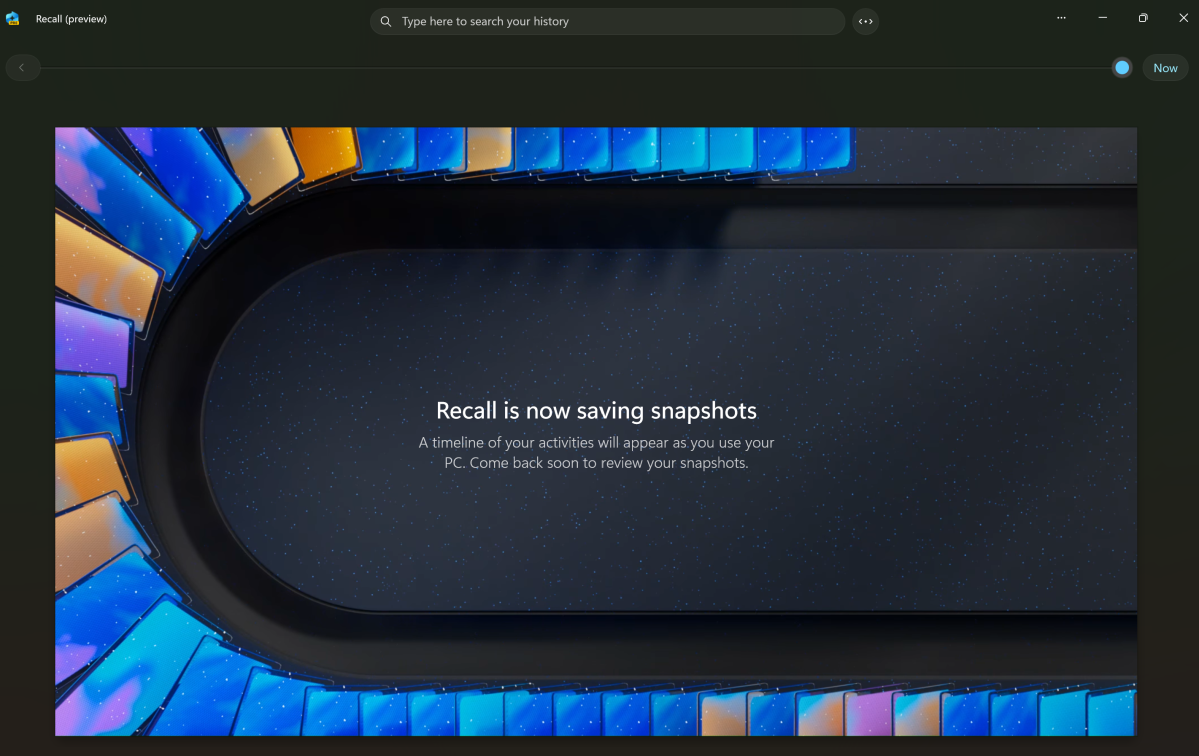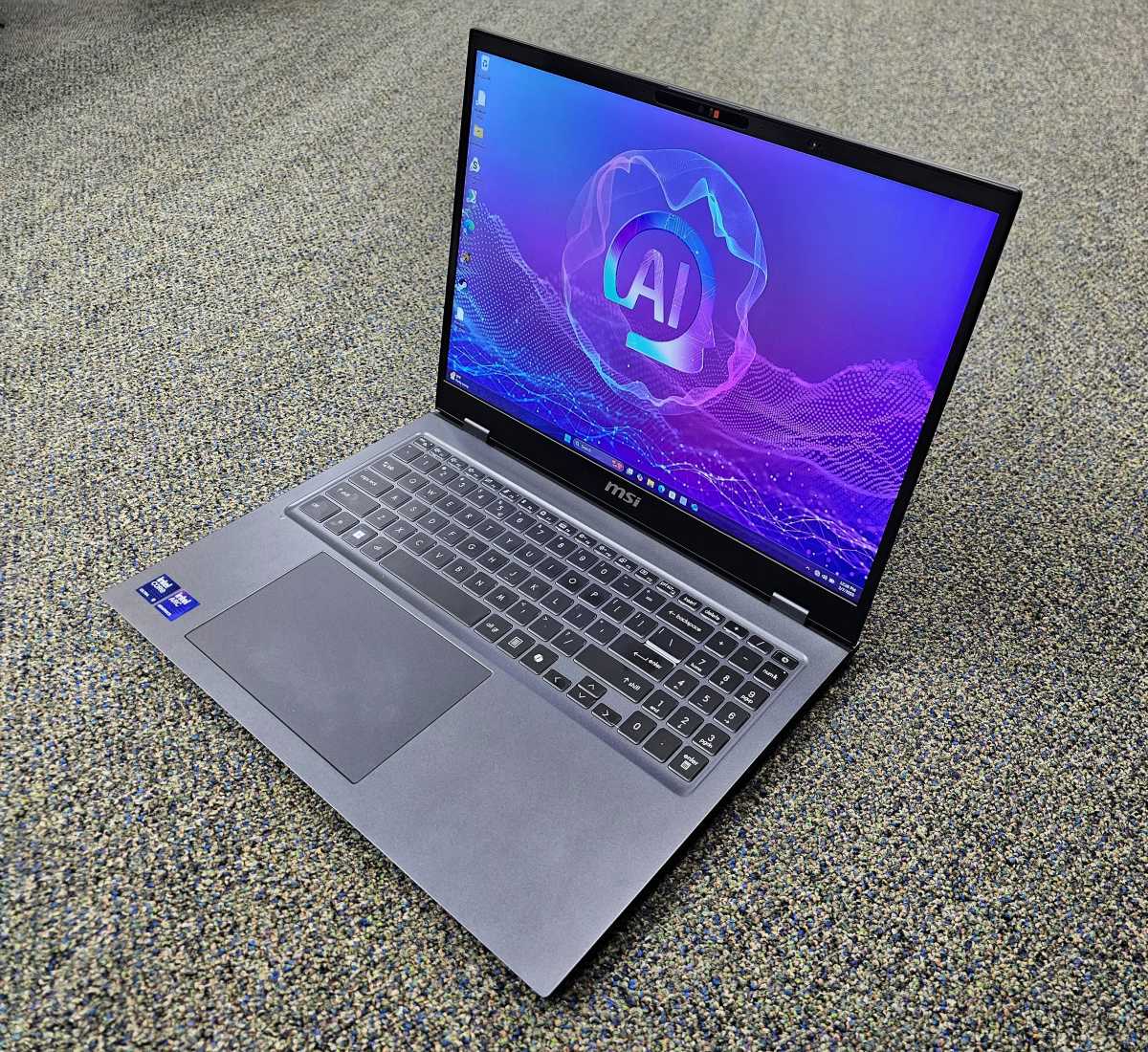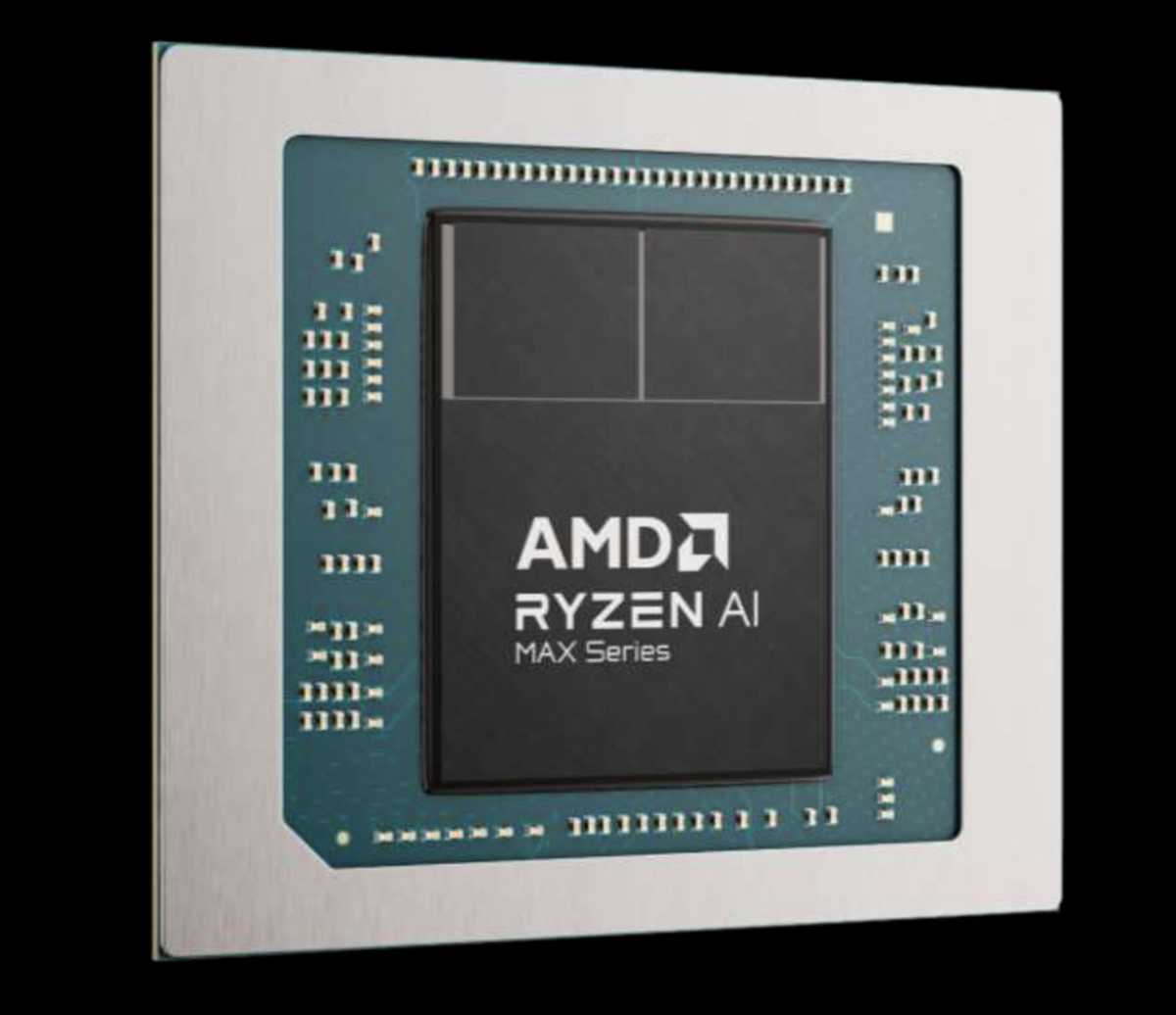Intel’s new Core Ultra 200 processors offer a huge leap forward in performance on top of all-day battery life. They’re a huge improvement over their predecessors. But these new “Arrow Lake” chips leave out an absolute necessity of today’s PCs: an NPU, the engine which powers AI performance across the board.
We knew this going into my review of Intel’s Core Ultra 9 285H inside of an MSI laptop. But it might be time for Intel — and maybe AMD, too — to take a step back and consider what consumers really want: a “good,” one-size-fits-all mainstream PC. And a clear way to identify them!
Every time I review a chip or another product, I try to unearth the “story” behind it. We all do. Our recent Nvidia GeForce 5090 review contained numerous charts and graphs, but the card can be boiled down to a pretty basic statement: AI-generated frames are the future.
The story that Intel wants to tell with the Core Ultra 200H series is a simple one: everyone, this is the mainstream processor you’ll look for in buying your next laptop. In some benchmarks, it doubles the performance of its predecessor, Lunar Lake. It offers the same great battery life.
What the Core 200H doesn’t offer is a great NPU. Instead, its AI performance is just 13 TOPS, well below the performance requirements of Microsoft’s Copilot+ program.
That means that Intel really can’t pitch a Core 200H laptop to anyone who wants to buy into Microsoft’s Copilot+ vision, now or in the future. It’s an unforced error, and an obvious one. Intel, and to some extent other PC chipmakers, are losing track of what a “mainstream” PC processor should be: a single chip family that offers a good CPU, GPU, and NPU for complete performance.
AI is the future, like it or not
I know many of you aren’t sold on the need for AI on a local PC, and that’s fine. But all we’ve heard from everyone, from Microsoft to Intel to AMD and Qualcomm and OpenAI and Google and Meta and — you get the idea — is that AI is inextricably wound into the fabric of consumer computing. Whether it’s used or not, a Copilot+ class NPU simply has to be there.

Mark Hachman / IDG
And AI is valuable. Microsoft rather annoyingly doesn’t even try to bring some of its AI features to non-Copilot+ PCs. But I honestly will put down the laptop I’m using and switch to a Snapdragon-powered PC just so I can access Microsoft’s advanced editing features in Photos, such as upscaling a blurry little screenshot. I might not go out and specifically buy a laptop just to access those features, but you can be damn sure I’ll use them when they’re available.
If you’re unimpressed by what Microsoft offers, including Recall, I get it. But as we’ve seen, major developments in AI can take place overnight. Don’t expect them all to come from Microsoft.
Intel is too fragmented
Intel could have designed in a modern NPU to the Core 200H and solved the problem. Instead, the company offers multiple products, and asks consumers to pick and choose between them.
Intel’s older Meteor Lake architecture, the Core Ultra 100, offers solid performance, good battery life, and an anemic NPU — sound familiar? Intel’s Core 200V family, aka Lunar Lake, is the Snapdragon killer, with a robust NPU and fantastic battery life. To that we now have the Core 200H, which uses an entirely different architecture but shares a virtually identical product name. All of these are still available from retailers. Sometime in the near future Intel will ship the Intel Core HX, a processor for high-performance gaming laptops that will also be based on Intel’s Arrow Lake architecture. (Expect that chip to be sharply scrutinized, as it’s the mobile version of the desktop Arrow Lake chip that received some harsh criticism. )

Mark Hachman / IDG
In some ways, Intel’s marketing efforts are a shambles. Wind back the clock three or four years ago, and we all pretty much understood that a “U” series chip was for thin-and-light PCs, and the more powerful H- and HX-series were where you’d find gaming-class processors. But they were all essentially the same thing. Now, consumers really have to read the fine print to understand what they’re buying.
Hey, I despise using Macs, but everyone understands that better-best branding that Apple uses. M1, M2, M3, M4. Ultra. Pro. Max. How hard is that?
AMD and Qualcomm, pay attention
What Apple understands is the concept of “mainstream.” The thing you buy when an aunt says, “I just want a good PC.”
The only one among the PC chip vendors who seems to get this is AMD, which launched the Ryzen AI 300 family with just two models last year, the AI 9 HX 370 and the AI 9 365. Yes, the model numbers are overdone, but there’s no question which chips to buy if you want a Ryzen notebook. Unlike Intel, the Ryzen AI 300 family all ships with the things you want: a killer CPU, a great GPU, and 50 TOPS worth of NPU power, too. Perfect.

AMD
Qualcomm’s Snapdragon processors also combine excellent CPU, GPU, and NPU performance in a single chip — but their marketing department seems somehow compelled to follow Intel’s lead. Right now, Qualcomm claims about 10 percent of the PC market at $800 and above, and that’s great. Such a small share doesn’t demand slicing the Snapdragon brand into X Elite, X Plus, and whatever other brands it’s using.
That’s the only thing I worry a bit about with AMD. In addition to AMD’s existing AI 300 parts, the company plans to add the mobile Ryzen 9955HX3D products and the upcoming Ryzen AI Max. All of them distract people away from that central question: “What should I buy?”
Look, this is not hard. Yes, people buy sports cars. But they also buy an overwhelming number of Toyota Corollas, too. Some chipmaker simply needs to step up and clearly say “this is the chip you — and I mean everyone — needs to buy.” And it needs to be a complete offering, with an NPU. So who’s it gonna be?
Further reading: Rising to the TOPS: How will NPUs and Windows AI grow in 2025?
Connectez-vous pour ajouter un commentaire
Autres messages de ce groupe

These days, you can get pretty powerful computers for cheap. They’re

YouTube TV users may soon need to get their fix of Tracker, Matlo


Unless you review gaming headsets for a living, it can be tricky to t

A few days ago, Microsoft manifested something that had been a long t

One of the appeals of a centralized platform like the App Store, Goog

With so much to watch across so many streaming services, it’s entirel
